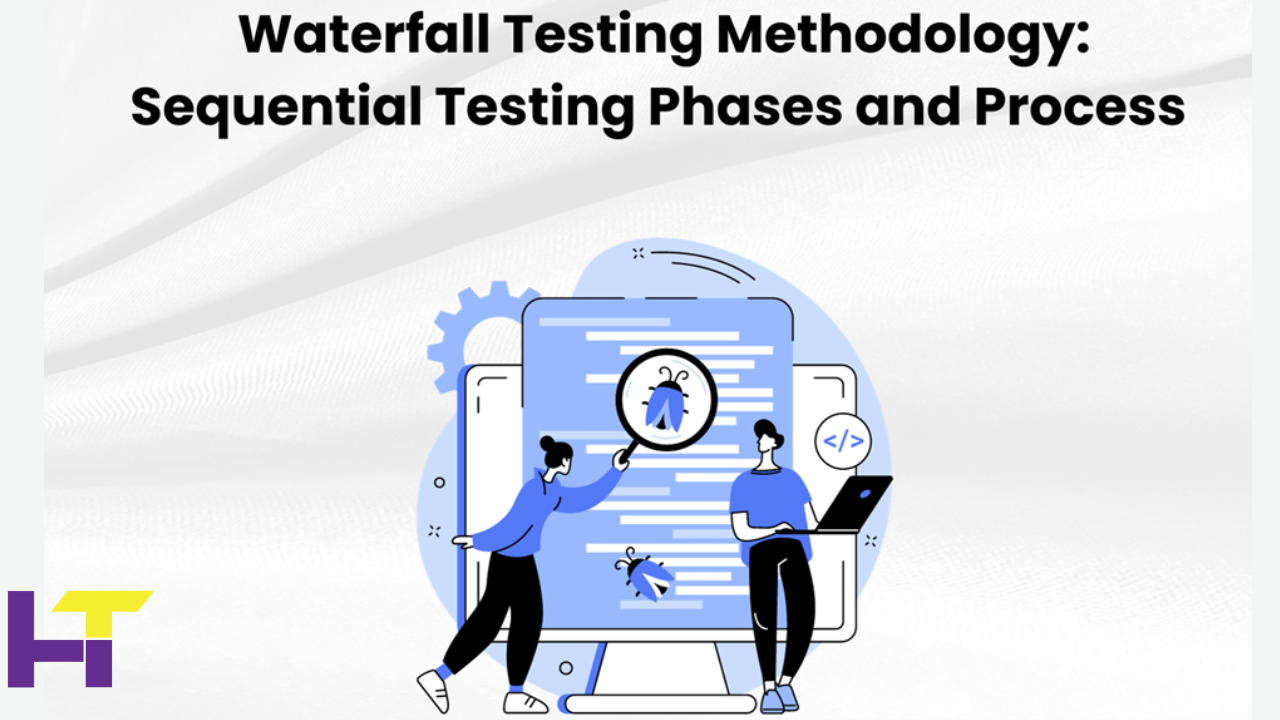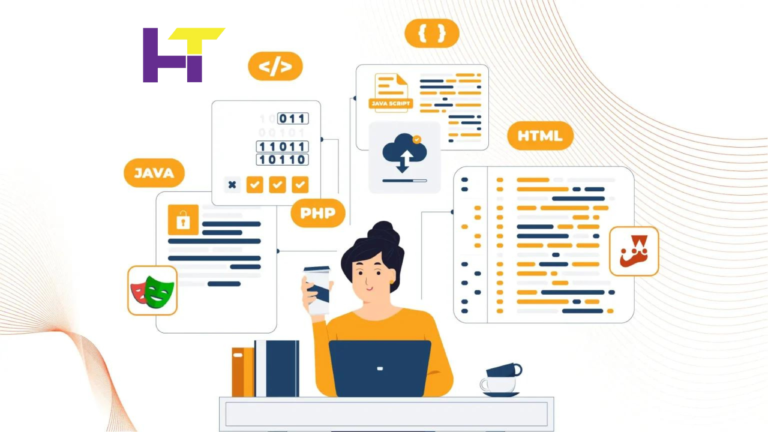Waterfall Testing Methodology: Sequential Testing Phases and Process

The Waterfall Testing Methodology is a systematic and methodical approach to software quality assurance that stands out among the many types of Software Testing Methodologies. We will go into the details of the Waterfall Testing Methodology in this blog post, breaking down the testing process and its successive testing phases. As we set out on this adventure, it is critical to appreciate the importance of a robust Software Testing Course in equipping professionals with the know-how and abilities needed to negotiate the waterfall testing process successfully.
Sequential Testing Phases of Waterfall Methodology
Requirements Analysis
The first step in the waterfall testing methodology is a detailed requirements analysis. Working with stakeholders, this phase entails obtaining comprehensive software requirements. Testers collaborate closely with developers and other project participants to guarantee a thorough comprehension of the system’s anticipated behaviour.
System Design
The system design stage starts as soon as the requirements are known. A comprehensive software architecture blueprint must be created based on the acquired specifications. Testers are essential to the evaluation process to ensure that the design complies with testing goals and can be successfully validated in later stages.
Implementation
Based on the accepted design, the software is coded during this phase. Developers translate abstract concepts into executable code to bring the system to life. In the meantime, testers write test plans and cases matching the deployed code to prepare for the next round of validation jobs.
Integration Testing
The software is put through integration testing after the implementation phase is over. This stage assesses how various modules interact with one another to make sure they work well together. Testers ensure the integrated components function as intended by looking for and fixing integration problems.
System Testing
The whole software system is thoroughly tested during this phase. To confirm that the programme satisfies the requirements, testers run a thorough set of test cases. Any differences are carefully recorded and resolved before moving on to the next stage.
Acceptance Testing
Acceptance testing is the last stage of the waterfall testing methodology. To make sure the programme fulfils end users’ and stakeholders’ expectations and requirements, this phase entails getting feedback from them. The software advances towards deployment as soon as it is approved.
Overall Testing Process
The Waterfall Testing Methodology is based on a sequential and linear procedure where each phase builds upon the one before. This is the overall testing process. There are various benefits to this systematic approach:
Client Involvement
Clients and stakeholders are actively involved throughout the process, particularly in the requirements analysis and acceptance testing stages. This guarantees that the final product meets their requirements.
Clarity and Predictability
Regarding project progression, the sequential aspect of the Waterfall paradigm offers clarity and predictability. Planning and resource allocation are made more accessible since stakeholders clearly understand the stages.
Documentation
The Waterfall Testing Methodology is known for its copious documentation. Every stage produces documentation that is a valuable tool for maintenance, future reference, and possible improvements.
Early Issue Identification
Issues might be found early in the process, especially in the requirements and design phases. The likelihood that significant flaws will be discovered later in the development lifecycle is reduced by this early identification.
After considering all the benefits, it is essential to remember that not every project fits the waterfall testing methodology well. Its sequential structure may be a hindrance in dynamic projects with changing requirements.
Conclusion
The Waterfall Testing Methodology promises an organized flow from requirements analysis to acceptance testing and provides a sequential approach to software testing. For some projects, its early issue detection, predictability, and clarity make it a helpful methodology. However, the unique requirements and dynamics of the project should be considered while deciding whether to use the Waterfall model or another testing approach. A thorough software testing course is quite helpful for people interested in software testing approaches. It gives people the information and abilities to understand, use, and adjust to different testing methodologies. The achievement of excellence in software quality assurance is contingent upon the synergy between solid educational foundations and tried-and-true procedures, particularly as the software development landscape changes.






